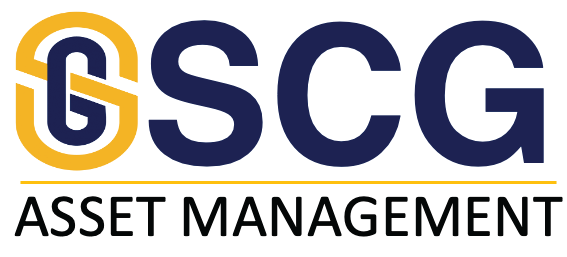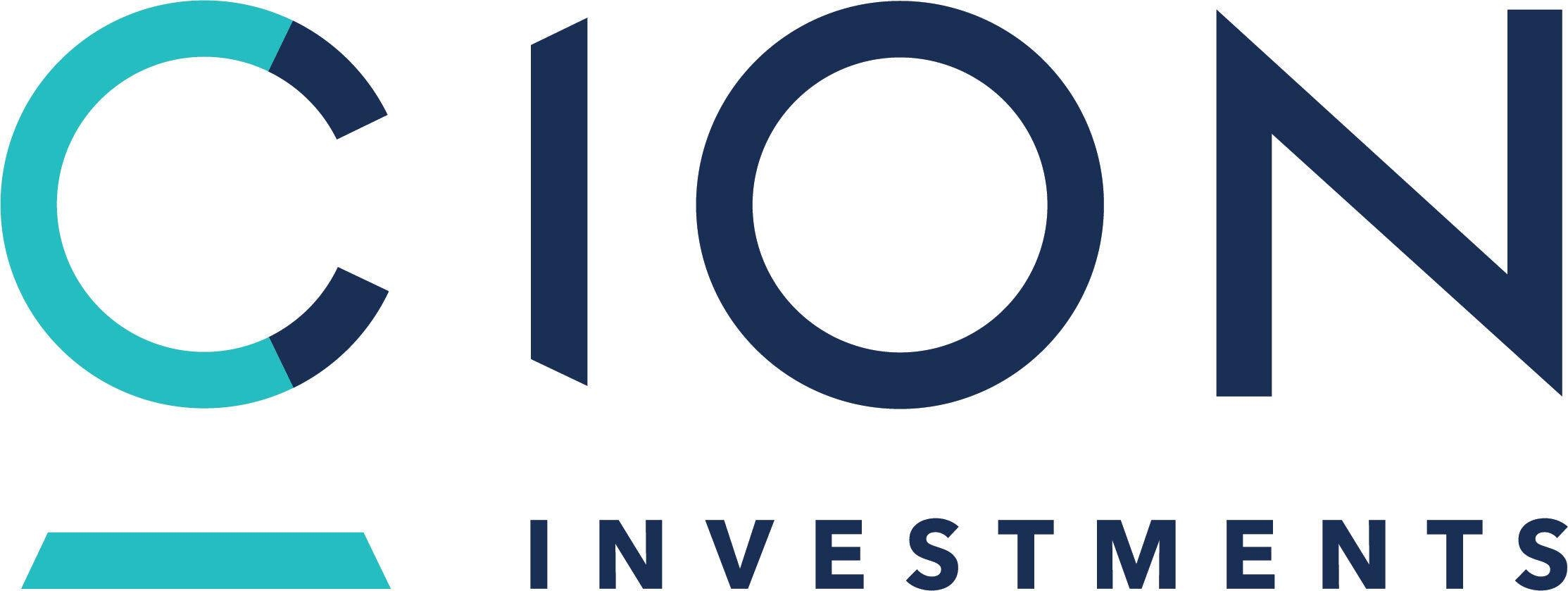There was a time when alternative investments were a niche play for institutions and wealthy investors who could afford to look beyond traditional stock-and-bond strategies. Fast forward to 2024 and “alts” are niche no more. Having doubled their global market share to $13.4 trillion between 2003 and 2018, alternatives have since ballooned into a $22 trillion industry representing 15% of global assets under management.
The alts phenomenon has upended the traditional 60/40 portfolio and increased retail investor access to the world of non-traded products.
Interval funds and other alternative investments offer opportunities for retail investors to access products that invest in private equity, private credit, venture capital, real estate, and business development corporations.
Interval Funds Basics
Interval funds are a type of SEC-registered, closed-end fund that expand investor access to illiquid investment strategies through low investment minimums, frequent valuations, and 1099 tax forms. They have become the breakaway star of the alts universe due to their ability to diversify portfolios and solve some of the structural and regulatory limitations associated with private funds while offering the potential to generate higher total returns.
Interval funds are governed by the Investment Company Act of 1940 and are also subject to the Securities Act of 1933 and the Securities Exchange Act of 1934. Learn more about interval fund regulation at Investor.gov.
They are also pass-through vehicles, meaning that the fund itself pays no corporate tax. This feature, along with their flexible structure, helps explain their rising popularity as an alts vehicle, and why many advisory firms have begun launching interval funds of their own.
Interval Funds Basics vs. other funds
| Structure | Leverage | Liquidity | NAV liquidity | Portfolio liquidity considerations | Tax treatment | |
|---|---|---|---|---|---|---|
| . | Open-end fund | Limited | Daily | Yes | More liquid assets to meet daily redemptions | 1099 |
| . | Closed-end fund | Yes | Secondary market | No | Liquid assets, secondary market liquidity | 1099 |
| . | Interval fund | Yes | Quarterly | Yes | Liquid assets to meet periodic repurchases (5-25%) | 1099 |
| . | Private fund | Yes | Flexible | Yes | Minimum lock-up periods and restrictions | K-1 |
How do they Work?
Interval funds are perpetual, continuously offered, and combine features of both traditional mutual funds and listed closed-end funds.
Most listed closed-end funds typically sell their shares in an underwritten offering, then the listed closed-end fund’s shares trade on an exchange. Interval funds on the other hand allow investors to redeem shares or add assets at pre-established intervals.
Interval funds are continuously offered and provide liquidity by periodically offering to repurchase a set percentage of their outstanding shares at set intervals — quarterly, semi-annually, or annually — at a price based on the fund’s net asset value, or NAV.
Because interval funds are not listed on an exchange, they must be onboarded at brokerage or clearing firms. Shares of interval funds with daily NAV are purchased electronically through the FundSERV mutual fund ticketing platform. Most interval funds have quarterly tenders at NAV of up to 5% to provide limited liquidity and, as such, shareholders are subject to proration.
Interval Fund Strategies
Interval funds employ a wide range of illiquid and semi-liquid investment strategies that are unavailable to most retail and high-income investors. Interval funds focused on private credit make up the majority of active interval fund products in the market today. The main interval fund categories and sub-categories are listed below:
Credit
Asset-backed
Direct lending
Global credit
Loans / Structured credit
Insurance-linked
securities
Real estate / Real asset
Fund of funds
Infrastructure
Real estate: Debt
Real estate: Other
REIT hybrids
Specialty / Other
Commodities
Endowment style
Fund of funds
Hedge funds
Hybrid
Private markets
Tax-Free
Municipal bonds
Venture / Private equity
Fund of funds
Private equity
Venture capital
As of March 31, 2024, there were 94 interval funds with $89 billion in total AUM (compared to listed closed-end fund AUM of $309 billion across 423 funds) according to CEFData.com.
Interval Fund Sponsors
The number of interval fund sponsors continues to rise each year, totaling 73 as of March 31, 2024, according to CEFData.com. Many members of the Active Investment Company Alliance are interval fund sponsors:

Oaktree Diversified Income Fund Inc.:
ODIDX
ODIDX’s investment objective is to seek current income
and attractive total return by investing globally in high-conviction opportunities across Oaktree’s credit platform, both public and private markets.
Learn more about ODIDX
CION Ares Diversified Credit Fund:
CADC
CADC’s investment objective is to provide superior
risk-adjusted returns across market cycles by investing in a globally diversified portfolio of liquid and illiquid
credit assets.
Learn more about CADC

The Private Shares Fund: PRIVX
PRIVX seeks capital appreciation by investing in the equity securities of private, operating, late-stage, growth companies.
Learn more about PRIVX

Nuveen Enhanced High Yield Municipal Bond Fund:
NMSSX
NMSSX focuses on non-investment grade and unrated municipal bonds, as well as special situations municipal securities such as distressed and defaulted securities.
Learn more about NMSSX
Pender Capital Real Estate Credit Fund:
PNDRX
PNDRX is focused on private CRE debt and seeks to capitalize on factors such as the reduction in lending options, coupled with increased borrower demand for short-term loans.
Learn more about PNDRX

The Alternative Strategies Income Fund:
LTAFX
LTAFX’s objective is to seek attractive risk-adjusted returns with low-to-moderate volatility and low correlation to the broader markets with an emphasis on income generation.
Learn more about LTAFX
Potential Benefits and Risks
As with any investment, there are risks associated with investing in an interval fund, including liquidity risk. They can also be subject to higher fees and expenses than other types of investments depending on how they’re
managed and the cost of the fund’s assets.
| Potential Benefits |
Higher returns and stable income |
Professionally managed |
Portfolio diversification |
| Risks | No daily liquidity | Valuation risk | Proration risk |
References
| 1 | CAIA |



